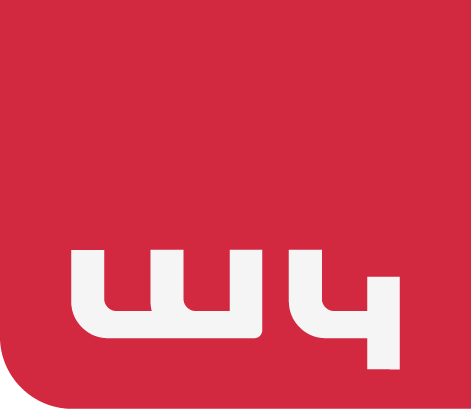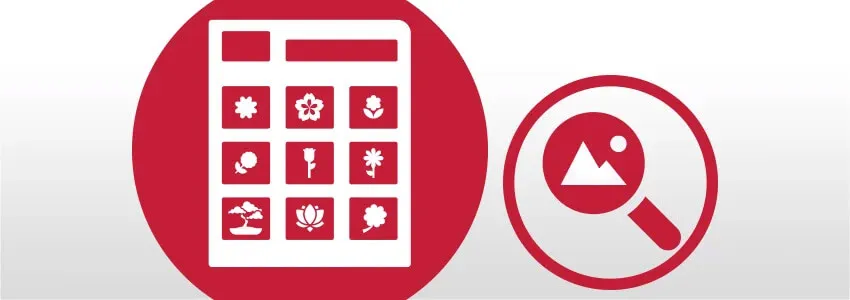Image SEO is the new magic word in the area of e-commerce. Users’ search behavior is constantly changing: voice search, visual search and image search will play an increasingly important role in the near future. If you don’t want to be left behind on search engines, you have to focus on image SEO, particularly when it comes to e-commerce.
Differentiation between visual search and image search
When performing a visual search, an image is used for the search query. Thanks to artificial intelligence, by now there is high-performance and efficient image analysis software, which minutely analyzes the components of an image. Based on the results, images that refer to previously detected objects or features are being presented as search results.
Via image search on the other hand, an image is being located on Google images via text input, for example. More and more users are looking for content via image search. Product images, statistics, graphics or info tables about products, facts or services are being found more easily than via a typical text query. Since we are able to grasp images more readily, we can scan for potentially interesting content more quickly than we could do with texts. Based on algorithms and structured image data, images are being delivered as search results. If your image data is complete and well structured, you will improve your ranking.
This is how you optimize your images:
- Set a meaningful name for your image. It often appears in the URL of the image, which is relevant for SEO.
- Set the alt tags (alt attributes) for your image. The metadata should include expressive keywords. They support search engines in detecting the image’s content.
- Define a meaningful title for your image.
- Create XML sitemaps for your images. This can lead to a quicker search engine indexing. For online shops, it makes sense to update the sitemap on a regular basis.
- Provide text information about the image.
- The image should be of excellent quality.
- Edit your images with a good compression software (to shorten loading times).
- 16:9 or 4:3 format is recommended.
- Insert backlinks.
- Putting watermarks on your images makes them unique, recognizable and indicates your copyright. Watermarks should be linked.
- Put the size of your image (width/height) in the HTML source code. That way, rendering is quicker which in turn means shorter loading times.
- Store your images in hierarchical order. It may be helpful to organize the storage of images in correspondence with the architecture of the website, in particular for online-shops and larger websites. However, avoid creating too many subfolders, so that the image URL is kept short and recognizable.









